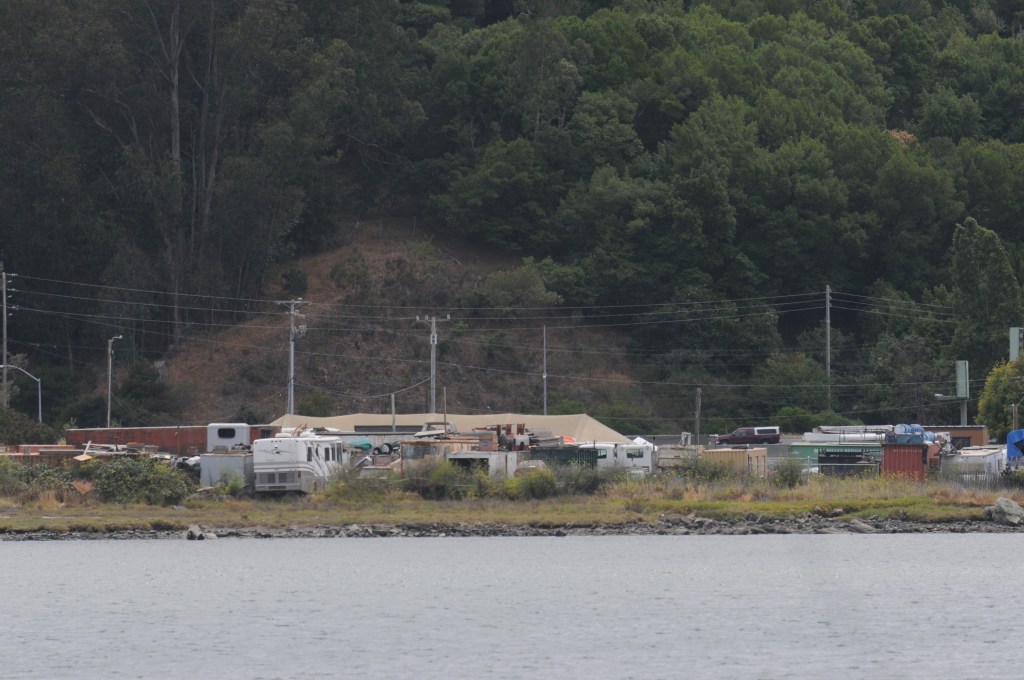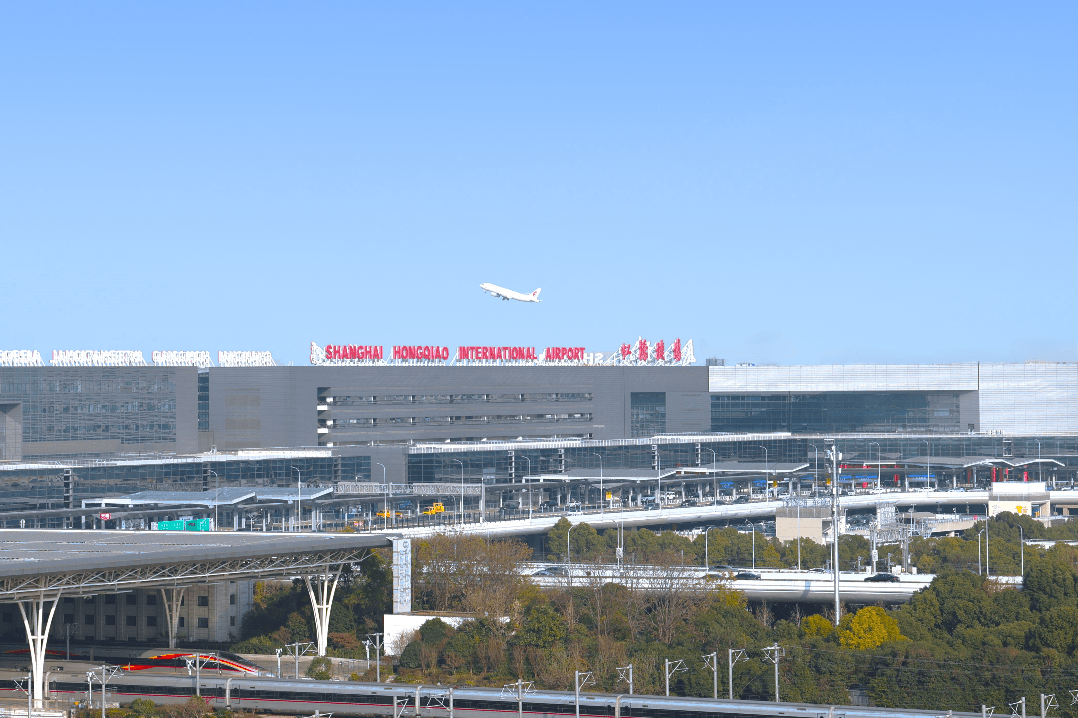
Three developers who filed preliminary applications to build housing in Marin County under a state law designed to promote new home construction have allowed their applications to expire.
The projects would have brought up to 197 new residences in unincorporated areas of Mill Valley, San Anselmo and San Rafael. Only 27 would have met the state’s definition of affordable.
Senate Bill 330, the Housing Crisis Act of 2019, allows developers to file a preliminary application that vests the project under the rules in place at the time of the application. The project then becomes exempt from any subsequent changes to local ordinances, policies or standards.
However, the law requires developers to follow up with a formal application within 180 days. Otherwise, they lose their vested rights.
Michelle Levenson, a Marin County planner, said two of the developers failed to file a formal application within 180 days. The third filed a formal application but failed to provide additional information “within the time frame specified in the county code,” Levenson said.
Two of the developers said they plan to reapply but supplied little information regarding why they hadn’t moved forward. The third did not respond to a request for comment.
The most recent preliminary application to expire was filed on Jan. 15 and voided on July 15. The application, filed by Jack Krystal, a San Rafael developer, proposed 43 apartments and a 54-room residential care center at 258 and 260 Redwood Highway Frontage Road in unincorporated Mill Valley. Seven of the dwellings would have been priced to be affordable.
The county’s housing element zoned the property for 36 dwellings, but Krystal planned to invoke a state housing density bonus law to secure entitlements for additional apartments.
Krystal purchased the land near the Richardson Bay Bridge from the Gulf Oil Co. in the early 1970s. He has proposed numerous projects for the site, all rejected by the county.
Because the 2.2-acre site is included among the 148 zoned for development in the county’s housing element, the project’s approval would have been ministerial. That means it would not have been subject to the California Environmental Quality Act or denial by local elected bodies.
The proposed building site along Richardson Bay is in an area designated as a flood zone by the Federal Emergency Management Agency. Nevertheless, the project plans located 90 parking spaces in an underground parking structure.
“We will have to refile,” Krystal said last week.
Krystal said he was “exploring” the possibility of making unspecified changes to the proposal. He estimated it would take months to file a new application because of the number of items the county is requesting.
The other developer who did not follow up with a formal application was Mike Folk, whose preliminary application expired on June 14. Folk had proposed to demolish 16 affordable dwellings and replace them with 96 dwellings at 74 Sacramento Ave. and 404 San Francisco Blvd. in unincorporated San Anselmo. Fourteen were proposed to be affordable.
The site is zoned for a maximum of 64 residences, but Folk planned to use state density bonus law.
Folk said Thursday that the 180-day deadline “did not work for us so we let the application lapse.”
“We are planning to submit a new SB 330 application for the property,” Folk said. “I don’t have any more details available to share with you about the timing or the content of the new application.”
On Friday, however, Berkadia, a commercial real estate company, advertised the property for sale. No price was specified.
Asked about the listing, Folk said, “We did put out an offering memo to the development community through our broker Berkadia in order to bring in an experienced development partner to ensure that we could get this project entitled and built.”
The Sorich Park Area Residents, a group that has been trying to acquire or preserve open space around Sorich Park, which is adjacent to the proposed development site, had been studying the proposal.
“Speaking for myself personally, I believe it was grossly oversized,” said Jonathan Braun, a member of the group. “I don’t see it providing any kind of affordability benefit. Sixteen affordable units were going to be torn down, and his application only called for 14 affordable units.”
The third application expired on May 13. Ciyavash Moazzami proposed demolishing four, two-story office buildings at 7 Mount Lassen Drive in Lucas Valley and replacing them with 29 houses. Each home was to have included an accessory dwelling unit and a two-car garage.
Moazzami filed a formal application, but the county deemed it incomplete on Nov. 14, 2024, and gave the developer 30 days to resubmit. After that, the county provided Moazzami with five consecutive 30-day extensions to resubmit before declaring the application void.
Moazzami did not respond to a request for comment.
The site, which is among those upzoned for inclusion in the county’s new housing element, is zoned for 58 dwellings with the expectation that all of the residences would be priced to be “affordable.” The proposal, however, only called for six of the houses to be affordable.
Among the items that the county identified as missing from Moazzami’s application was a demonstration that the project’s proposed affordable housing complies with the county’s inclusionary housing requirements. The county requires that a certain percentage of proposed housing units be priced to be affordable, or developers must compensate for the lack of affordability by paying a fee.
Originally Published: August 1, 2025 at 5:16 PM PDT






